
Kumamoto Castle
Exploring the History
Kyushu, Japan’s southernmost island, is blessed with abundant natural hot springs, active but benevolent volcanoes, and delicious food. It is also home to Kumamoto Castle, which is regarded as one of Japan’s three most admired castles. It’s conveniently located in the center of Kumamoto City, a mere 3-minute taxi ride from Kumamoto Station. Japan’s history comes alive as you explore the city’s much-loved symbol. While audio guides are available at the Josaien Tourist Information Center, I warmly recommend hiring a local English-speaking guide. Our guide, Teruo Shirano, provided us with an excellent castle experience as he shared excitedly the history and traditions associated with Kumamoto Castle. For utmost safety concerning COVID-19, Shirano-sanfollowed social distancing guidelines and wore a mask during our tour.

Kumamoto Castle was constructed over seven years from 1601 to 1607, and upon its completion, the original castle consisted of 49 turrets, 18 turret gates, and 29 smaller gates. Within the castle complex, thirteen buildings are recognized as National Important Cultural Property, showing you the castle's value not just to Kumamoto residents but to all of Japan.
The first feudal lord of Kumamoto, Kiyomasa Kato, was responsible for designing the castle complex. Kato is celebrated for his master castle building skills and his water management projects. Our guide, Shirano-san, repeatedly mentioned Kato as he showed us around the castle and how his unique designs influenced other Japanese castle structures that came after Kumamoto Castle. As I looked at these amazing medieval constructions, I marveled at Kato's ingenuity.

Kiyomasa Kato is enshrined at Kato Shrine, which is located just outside the castle grounds. Given his accomplishments as Kumamoto's first feudal lord, it comes as no surprise that a shrine was dedicated to him. I was happy to see such a commanding view of the main castle keep and the Uto-Yagura turret which made the visit to Kato Shrine all the more worthwhile. Inside the grounds of the shrine is a towering sacred camphor tree that is believed to have been planted by Kato. Approaching the tree, I noticed something distinctly red on it. To my surprise, there was a miniature torii gate and behind it a miniature shrine. It is an actual shrine, quite possibly the smallest shrine you might ever come across in Japan. What I saw before me was a shrine within a shrine. Naturally, this miniature shrine would also have its own torii gate as a torii gate serves the function of protecting the god that resides in the shrine.


A Japanese turret acted as a storehouse for all kinds of materials and tools, and in times of war, it held and protected weapons such as arrows and firearms. The Uto-Yagura is unique among all the turrets in the Kumamoto castle complex as it is the only multi-roof turret that has survived since the completion of the castle over 400 years ago. At a height of 19 meters, it is the second tallest structure after the central castle tower. Considering that there were originally over 49 turrets, I was impressed that this turret survived both the Seinan War in the Meiji Period and the 2016 Kumamoto earthquake. It stands like a proud warrior refusing to fall.

The Honmaru Goten Palace was constructed in 1610 and served as the living quarters of the feudal lord. It was also where guests were received, such as the famous samurai swordsman, Musashi Miyamoto. Shirano-san told me that the rooms are covered by intricate and colorful paintings polished with gold.
The construction of the palace is unique among castle structures in Japan as it is built over two stone walls, making an underground passage called Karugari-Tsuro or Passage of Darkness. It has this designation because the passage is dim even during the daytime. The passage is considered the official entrance to Kumamoto Castle. Unfortunately, I wasn't able to go inside this time. Once you pass through the tunnel, you will notice that the passage has features that allow you to take your time to view the beautiful castle.


The Daitenshu main castle keep and the smaller Shotenshu castle tower act as the Kumamoto Castle complex's symbolic structures. Daitenshu is an imposing edifice, standing approximately 30 meters in height. It is a three-story structure containing six floors, and from the top floor, you get an impressive view of the city below and the distant volcanic range of Aso. The original main tower was destroyed in a fire in the 1800s, and the current tower was reconstructed in 1960 through the funding and building efforts of Kumamoto residents. It is no surprise, then, that this castle keep holds a special place in the locals' hearts. I was impressed with the tower's beauty, from the shachihoko (mythical lion-fish creature) standing on the rooftop to the Chinese facade at the very top and the chidori facades, fanning out like the wings of a seagull.


In 2016, the Kumamoto Earthquake caused vast destruction to the castle, including the collapse of a third of the castle stone walls in fifty places and damage to all 33 structures. Four years have passed since the earthquake, and significant work has begun on the restoration. Regardless of the damage, I can keenly feel the noble spirit of Kumamoto castle.


The stone walls are the foundational structures upholding the turrets and other structures. The tall stone constructions repelled invaders and were named musha-gaeshi — musha and gaeshi meaning "warrior" and "return," respectively. The stone wall has such a steep slope that the warrior enemy couldn't do anything but return home.
This is a great example of the genius of Kiyomasa Kato. Before Kumamoto Castle, it was common for stone walls to be vertical to the ground. When Kato built Kumamoto Castle, he changed the stones' angle, so its curvilinear slope helped to self-buttress the wall. To recreate Kato's slope today it would require a complex modern mathematical formula. Kato's stone wall technique was subsequently adopted by castle builders throughout Japan, marking the evolution of castle construction technology. As I took in the stone walls, they seem to rebuke me for my chronological snobbery for there is nothing inferior about these ancient walls. On the contrary, the stone walls of Kumamoto Castle are highly sophisticated.
I was especially interested to learn that 31 percent of stone walls restored in the post-Meiji era came crumbling down while only 10 percent of the original stone walls were damaged. This means that 90 percent of the original samurai stone walls, built over 400 years ago, withstood the 2016 earthquake. Could it be, historians and researchers wondered, that Kato built the stone walls not just to repel enemies but as an anti-quake measure? The angle and the weight of the stones stabilized the wall, making it harder to dislodge during an earthquake. The samurai are commonly known for their bravery and prowess on the battlefield, but today I was struck by the samurai's great wisdom and engineering foresight.

Our guide Shirano-san took us northwest of the castle complex to an area dotted with stones of all shapes and sizes. During the earthquake, thousands of stones collapsed. The area I was shown had about 7,800 large stones that are meticulously numbered and entered into a computer database. I thought restoring each stone would be challenging as there are no surviving blueprints. Where does one even begin? Thankfully, there is a software that uses a complicated algorithm in locating each stone's position before the earthquake took place. I learned that Kumamoto Castle is such an important cultural property that people are willing to take painstaking measures to protect and preserve it.


While the castle is bustling with restoration work, you can still enjoy the sights via a temporary observation pathway elevated between five to seven meters above ground. Even though I wasn't allowed access to the castle nor permitted entry inside the structures at this time, the walkway allowed me to safely see the ongoing restoration work as well as enjoy the high castle viewpoint.


I found Kumamoto Castle to be an impressive castle experience, and even though it is under restoration, I was glad to see its magnificence with my own eyes. Thanks to our excellent guide, I could feel the samurai past of Kumamoto’s castle town. The displays showing the pre and post-earthquake images were a humbling reminder of the power of nature. I was honored to visit such a fascinating place and witness its resilience.
Kumamoto Castle represents the Japanese people’s resilience too and their efforts in restoring their historical property and culture, a memorable thing for me!
The latest information on earthquake recovery can be found here.
Note: This blog post was written during a time when preventive measures for COVID-19 were being undertaken. These measures are expected to be relaxed going forward.

Riz
Riz is a freelance writer, photographer, and adjunct university lecturer. He once mistook wasabi for matcha ice cream. Having lived in Japan for 20 years, Riz no longer makes this mistake. He is happily married, has 3 children, and one skittish cat.
 Enjoy The Relaxing Nature And Intriguing History Of Unesco World Heritage Amakusa
Enjoy The Relaxing Nature And Intriguing History Of Unesco World Heritage Amakusa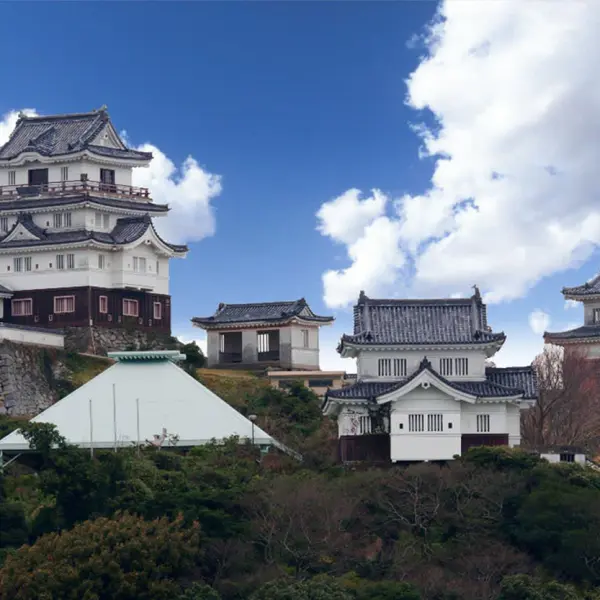 Hirado Castle Stay
Hirado Castle Stay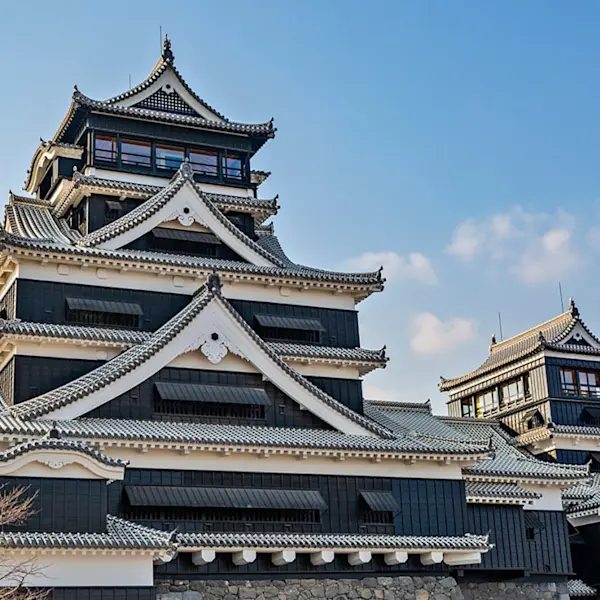 Kumamoto Castle: Exploring the History
Kumamoto Castle: Exploring the History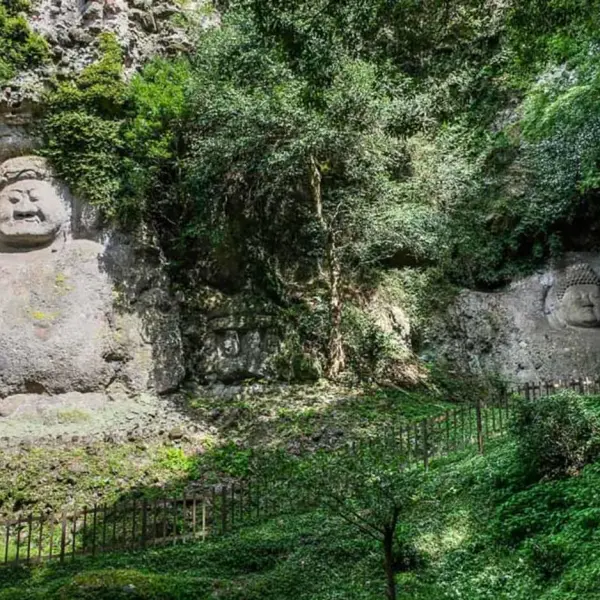 The Spiritual Trek of Kunisaki’s Rokugo Manzan Temples and Sites
The Spiritual Trek of Kunisaki’s Rokugo Manzan Temples and Sites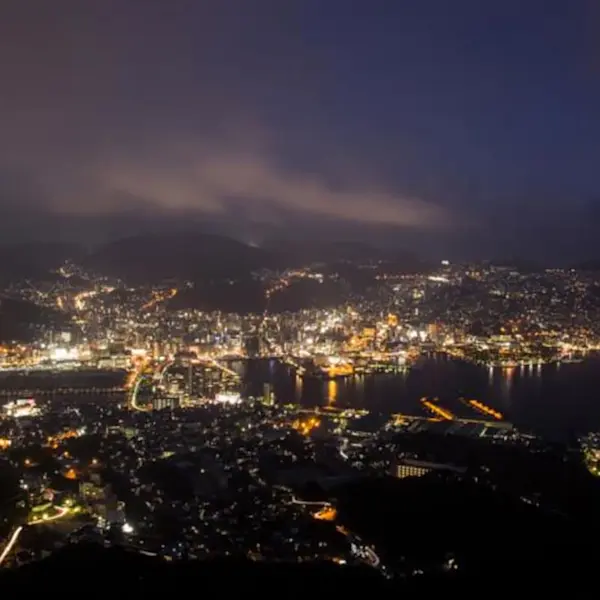 Trade, War and Religion: The Many Faces of Nagasaki City
Trade, War and Religion: The Many Faces of Nagasaki City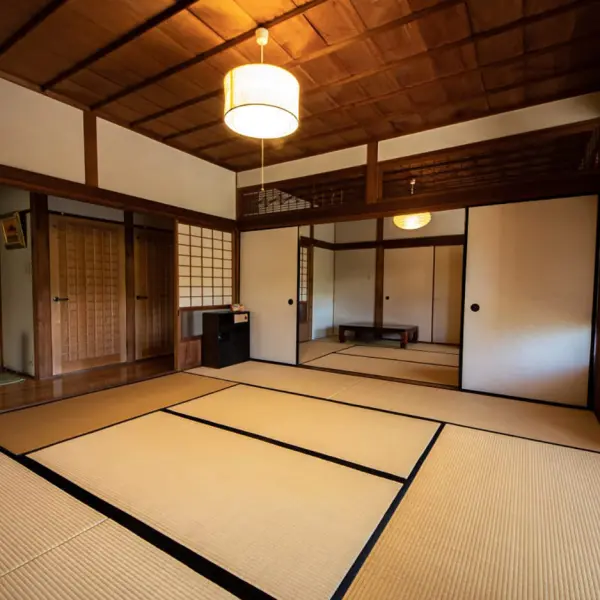 Exploring Obi Castle
Exploring Obi Castle Kitakyushu Highlights: Kokura Castle and Kawachi Wisteria Garden
Kitakyushu Highlights: Kokura Castle and Kawachi Wisteria Garden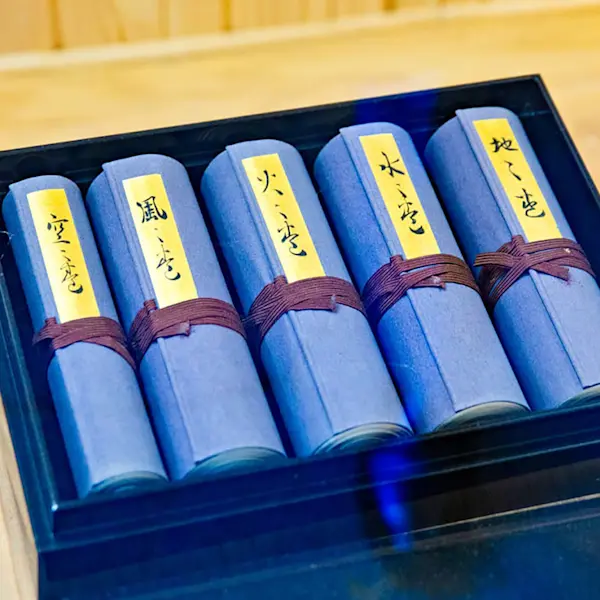 Musashi Miyamoto: Perhaps the Best Samurai Swordsman in Japan
Musashi Miyamoto: Perhaps the Best Samurai Swordsman in Japan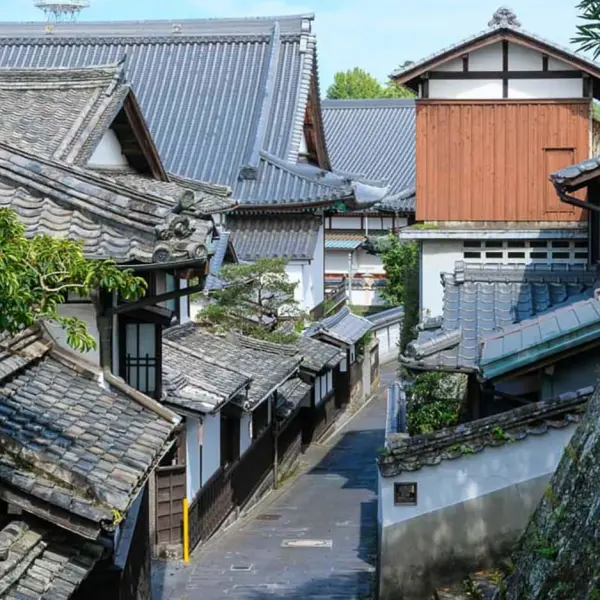 Usuki's Samurai District and Edo Period Castle Town
Usuki's Samurai District and Edo Period Castle Town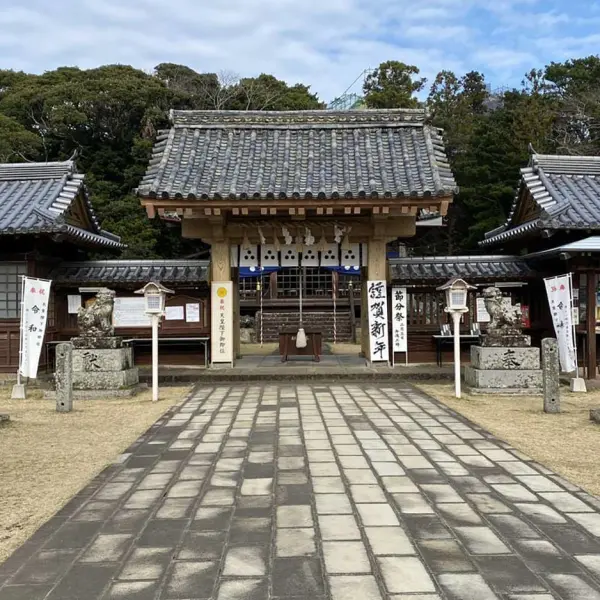 Hirado Matsuura Clan: Over 1,000 Years of History
Hirado Matsuura Clan: Over 1,000 Years of History




